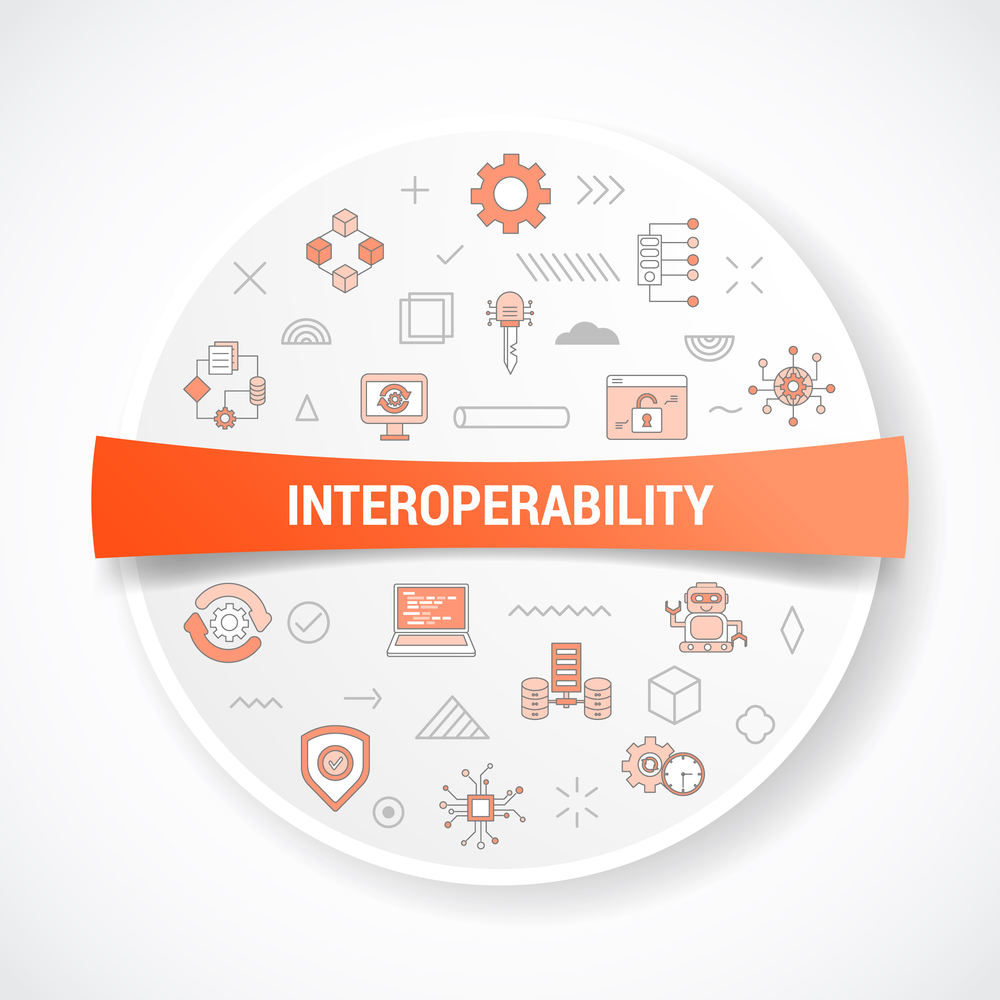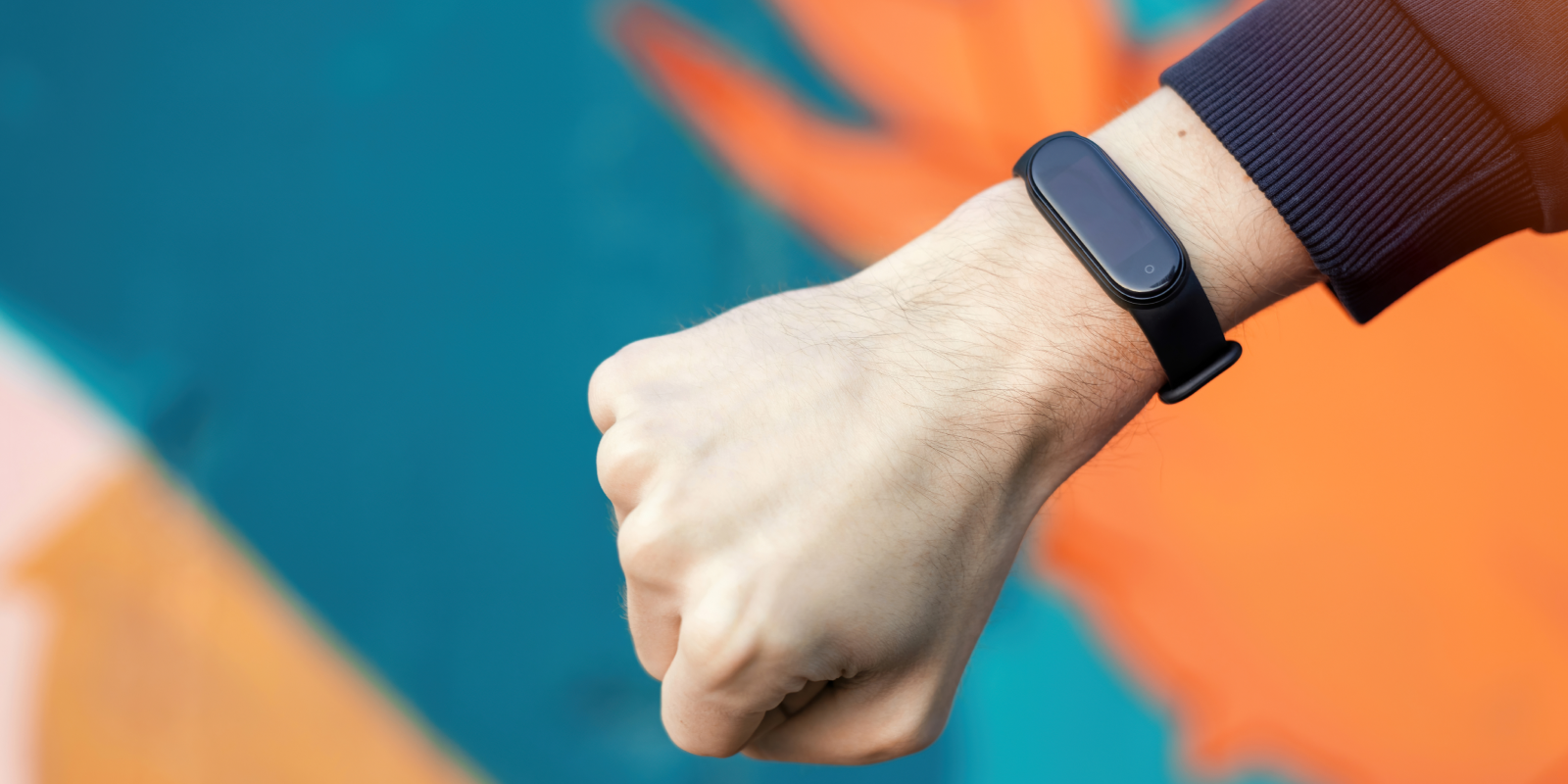Differences Between HL7 and FHIR: Benefits, Security, & Use Cases
Proper record keeping of Electronic Health Records (EHR) and Electronic Medical Records (EMR) has emerged as a crucial bedrock of healthcare delivery. Healthcare facilities are increasing their spending in this area. A survey suggests that between $15,000 and $70,000 is spent per provider to implement these systems.
To underline how big it is, the sector was valued at $29 billion in 2021 and is projected to reach $47 billion by 2027. About 35 years ago, before the Internet became more mainstream, exchanging medical data had to be done manually. A patient had to take hard copies of laboratory tests to doctors to interpret and make prescriptions.
The prescriptions were then handed to a pharmacist to supply the drugs. The time and efforts expended resulted in slow medical care. Medical researchers had to wait days and even weeks to get research results from others in their collaborative work.
With the incursion of technology in the health management sector, there arose a need to facilitate data sharing from these records for proper healthcare administration. How do they ensure this data is secure, reliable, and available? The answer was interoperability.

Picture this: prescription records, blood work, lab tests, billing system, doctor’s appointment schedules, etc., working in sync in a rapid and all-in-one suite. Yes, that’s what interoperability in medical records means. Rather than the cumbersome and mechanical process of moving paper-based reports from one medical institution to another, this information is gathered digitally and available to doctors and patients.
The need to ensure a seamless and secure transfer of health records between different interfaces prompted the Non-governmental Organization, HL7, to develop standards to package, transfer, retrieve, and interpret health data. With more innovation, HL7 has produced other standards, chiefly HL7 V2 and First Healthcare Interoperability Resources (FHIR).
This article discusses HL7 vs. FHIR, bringing out their similarities and differences. Ultimately, you should be able to choose which is suitable for your needs.
And if you’re ready to optimize your healthcare interoperability with the right software development? Contact us today to discuss your needs and how we can help.
Is FHIR a Component of HL7?
HL7 introduced FHIR as part of a new variant of health information standards embedded in the HL7 V2 and V3 and CDA. Its introduction was hailed by many key stakeholders and was implemented on health apps such as Apple’s health app.
FHIR presents healthcare systems with greater interoperability opportunities using RESTful web services. In addition, mobile apps and Electronic Health Records can utilize FHIR in their operations.
Before FHIR was designed, other versions of HL7 were known as V2, V3, and HL7 CDA.

The HL7 V3 was designed to improve the interoperability of V2, using a context-rich format to ensure a smooth information interchange. It also uses the shared model and Reference Information Model. Unfortunately, the V3 is too complex to understand, which has hindered most healthcare institutions’ adoption. It is also not backward compatible and is only mentioned when Clinical Documentation Architecture (CDA) is implemented.
FHIR, as the latest in the HL7 family, combines the best features of V2 and V3. FHIR is composed of modules known as ‘resources.’ These resources make resolving administrative problems in data transfer seamless.
Is the HL7 Standard Being Phased out?
The short answer is no. We will provide some context to this inquiry.
HL7, or Health Level 7, is a body of rules which controls how health management systems relate with each other regarding data sharing.
HL7 operates based on protocols. Some of these include an event-driven protocol, which creates the link for data exchange upon the happening of an event. Such an event can be when a prescription is made to a patient or when a piece of billing information is sent to the patient.
The application-to-application protocol happens when two separate apps need to share information. For instance, a patient portal and a wearable device. Other protocols include OSI layer 7 protocol which enables software based on HTTP and SMTP to function seamlessly. There are also Standard and Exchange Protocols.

Before its introduction, health institutions had to build different interfaces for different data types. For instance, there was an interface for clinical documentation, prescriptions, laboratory results, etc. However, there were no means to share these data simultaneously. Also, there were no standards to regulate the kind of data and the formats of these data when shared.
Since its introduction, health institutions have adopted it, making healthcare administration easier and more flexible. Other reasons why HL7 integration is key for health institutions include the following.
A hospital usually has many departments, from radiology, gynecology, laboratory, and clinical records. HL7 ensures that patients’ information concerning any department is collected in one place.
Also, this information is available to any of the other departments at the tap of a button. Doctors can quickly check on the patient’s care history to diagnose quickly. The ease of transferring data and readability of these data makes HL7 a cornerstone of the modern health sector.
Considering EHR Integration for Your App?
Download Free EbookErrors in collecting medical information are a leading cause of death. In a survey of 22,889 patients, 21% reported errors in their medical records. These errors contribute to misdiagnosis, often leading to serious harm and, in some cases, fatality.
Using HL7 standards in collecting medical data reduces the incidence of errors due to the information being collected and available at one point. There is no need to enter the same information manually every time. Thus, medical professionals can easily detect any error.

Due to the ease of data sharing and integration with other relevant information, HL7 is a platform for developing other solutions. For instance, mHealth apps and wearable devices help to collect up-to-date information about a patient’s health status.
These digital solutions monitor heart rate, sleep patterns, and prescriptions. HL7 allows doctors to access this information and assess it on the spot. With HL7 in play, the possibilities in digital health technologies are limitless. Patients can monitor their health while doctors have less workload with the help of technology.
HL7 standards are not limited to one country. Instead, it is a global standard for medical institutions. Through HL7, institutions in different countries can collaborate on medical research by sharing medical records. For instance, at the height of the Covid-19 pandemic, doctors worldwide shared ideas and information about getting a cure for the disease.
HL7 was possible, as the lockdowns ensured that paper-based data sharing would have been complicated.
Are you interested in exploring the benefits of HL7 and FHIR for your healthcare organization? Let’s discuss how our software development solutions can help you achieve your goals and improve patient care.

One demerit is confusion and misunderstanding of abbreviations. Because the system reads various data from multiple sources, there may be a need for better communication about what a particular abbreviation stands for. Different clients define some words differently, which HL7 may not know. This may lead to errors harmful to the patient.
Another drawback is the time draining involved in implementing it. As a highly complex process of integrating many interfaces, it takes more time in deployment, as you might hope.
Despite the innovative features of FHIR, HL7 V2 remains relevant and is still widely used in the EHR sector. FHIR is regarded as an emerging standard by most healthcare institutions; hence HL7 is still dominant.
What Solution can We Offer
Find Out MoreEHR Integration: How Technology Can Help Improve Healthcare Outcomes?
To gain a deeper understanding of HL7 FHIR integration, tune in to our CareMinds podcast featuring Redox specialist Nick McKenzie. In the episode, Nick draws an analogy between EHR integration architecture and building a house, where a team of professionals work together to create a cohesive system. As a translator between clinicians and technical teams, Nick shares his fascination with product management and helping to design and execute solutions.
Watch other episodes as well!
PODCAST #3. HOW TECHNOLOGY CAN HELP IMPROVE HEALTHCARE OUTCOMES
How Do the Two Versions of HL7 V2 and FHIR Differ?
Before 1987, the seamless flow of information and patient data between healthcare institutions, laboratories, pharmacies, and payment systems was nonexistent. At that time, these organizations had to rely on semi-automatic communication systems such as fax machines to send key data between them.
Enter HL7, and the first standards for health records sharing were birthed. With time, HL7 has released the HL7 V1, V2, and V3. However, V2 is still widely used by a lot of health practitioners.
Both share key similarities. After all, they are products of the same organization. Chief among the similarities is that they are built around reusable data packs. This means that developers already have help with existing data packs contained in the protocol. They simply modify and build on it instead of writing it from scratch.
Another similarity is the emphasis on complying with forward and backward compatibility rules. This implies both can parse data on older and newer versions without glitches. With this, there is reduced cost of infrastructure and implementation.
 (1)_1678194999.png)
Deciding between HL7 Vs. FHIR: Which One Should You Select?
Choosing between FHIR and HL7 to standardize your health management records depends majorly on the kind of existing system you have.
FHIR is more modern and an improvement on the HL7 V2 and V3 that came before it. FHIR also infuses more contemporary technological advancements in making health information seamless.
One key feature of FHIR is its RESTful API, which, instead of the slow and cumbersome point-to-point interaction style of HL7 V2, uses a one-to-many point style. This approach shortens the time needed to integrate other data partners such as pharmacies, Electronic Health Records, and billing systems.
To help you understand better, we will look at the advantages of FHIR over HL7.
Developers who use the FHIR standards praise it for facilitating the creation of systems to suit the client’s needs. RESTful API also means that FHIR can work with mobile apps, critical to rapid information sharing. In addition, FHIR displays its flexibility by supporting all the data formats used in standardization.
All the resources needed to implement the FHIR standards are freely available. The implication is a low cost of implementation for clients.
Did you come up with something?
Calculate The CostDifferent from the previous standards, FHIR is less complex. Interoperability is more achievable using FHIR due to covering more areas. Most developers are familiar with open Web technologies such as JSON and RDF data formats used by FHIR. It means they spend less time getting to grips with the system, thereby lessening the learning curve.
There is no fear of patients’ data getting into the wrong hands. In addition to making data sharing easier, FHIR provides adequate security to the shared data. The patient and the administrators have greater control over the information they give out.
Ready to choose the right standard for your healthcare interoperability needs? Contact us to learn more about HL7 and FHIR and how our software development services can help you implement the right solution.

FHIR vs. HL7: Core Differences Compared & Reviewed
| Features | HL7 | FHIR |
| Architecture | Based on messages | Uses RESTful API |
| Extensibility | Doesn’t support interoperable extension | Supports extensions to suit the system |
| Security | Transport layer | Transport layer and SSL |
| Platforms | EMR, EHR | EHR, EMR Mobile apps, wearables |
| Use cases | Medical Records management | Interconnectivity with Medical IOT devices and mobile health apps |
| Reliability | Unreliable due to multiple options columns | Specific resources make it reliable |
| Human readability | Doesn’t support readability | Has support for human-readability |
| Accessibility | Restricted access | Free access |
Let’s see how FHIR and HL7 compare to each other.
HL7 infrastructure is based on messages, fields, and records. FHIR uses RESTful API as its base. The RESTful API ensures that it can handle large amounts of data from disparate interfaces without any bottleneck in implementation.
Healthcare data systems are dynamic and interchanging. Constant changes to medical data and technological advances make the ability to add extensions crucial to any information standards. Unfortunately, the extensibility of HL7 is not interoperable. In contrast, FHIR is interoperable and supports adding extensions to suit the system.
Securing patient data using HL7 is through transport layer security, while FHIR is through transport layer security and SSL. In addition, the security architecture of FHIR has an authorization protocol in which a secured data exchange between healthcare professionals and patients can occur.
HL7 was not created with current technological advancement in mind. Hence its platforms are limited to EMR, EHR, and HIS (Health Information System). A much more modern FHIR supports all the above platforms and adds mobile apps and wearable IOT-enabled devices as part of its platforms.
FHIR is more advanced and isn’t only used for Electronic Health Records and Electronic Medical Records alone. FHIR allows the free flow of information from all sources and partners.

Wearable devices and mobile health apps also have access to relevant health records using FHIR. A great example is the Apple watch, to monitor heart rate and blood pressure. The data collected is shared with the doctor for effective health monitoring. HL7, on the other hand, only supports the exchange of health records among health institutions.
The multiple option columns impact HL7’s reliability. FHIR is more reliable as it has specific resources to handle specific data.
HL7 V2 does not support human-readable versions of the shared data. For FHIR, it is a mandatory requirement that all data shared must be human-readable.
Unlike HL7, FHIR is free to use for developers. You don’t need a login, nor are there any exchange protocol restrictions. In addition, due to the use of RESTful API and other open web technologies, developers find it easier to use FHIR, unlike HL7.
Wrapping up
Implementing the right standards in Medicaid is hugely important in quality and rapid healthcare delivery. Deciding between HL7 and FHIR may be complex due to their similarities. HL7 V2 is still commonly used among practitioners in the healthcare industry.
However, FHIR promises to make data exchange more seamless and easily accessible to patients and doctors, especially with its ability to sync with mobile devices and mobile apps. Moreover, its more modern outlook and incorporation of contemporary web technologies bring limitless possibilities.
The good thing is you don’t have to make this decision alone. You need a trusted partner like The APP Solutions to help you develop an action plan to implement the standardization of your health records.
Get a Quote
CONTACT US